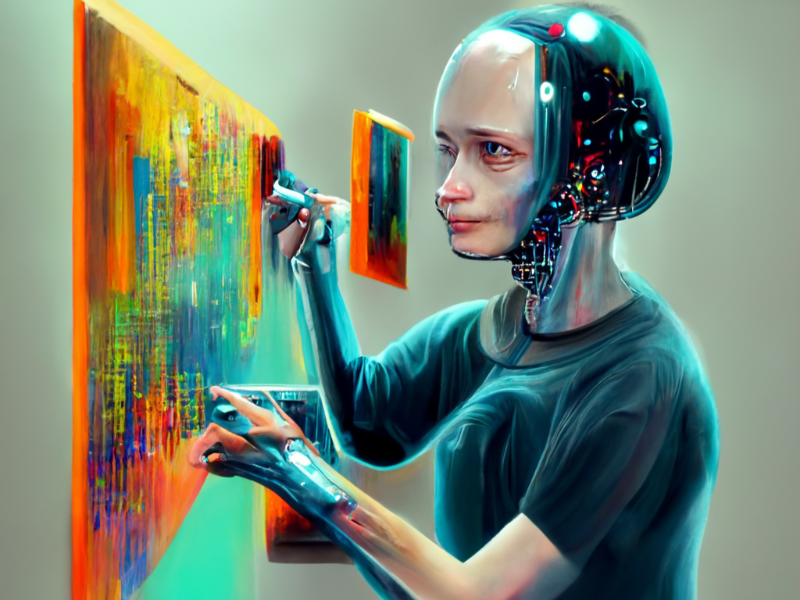- The creepiness of AI art is largely due to the uncanny valley effect, the absence of human touch, and aesthetic dissonance, leaving viewers feeling detached and questioning the artwork’s purpose.
- Ethical and philosophical implications, such as ownership and the potential misuse of AI, further contribute to the unease surrounding AI-generated art.
The emergence of AI-generated art has captivated and perplexed audiences worldwide. While some find these digital creations fascinating, others are left feeling uneasy or disturbed. This blog explores the various reasons why AI art can evoke such a peculiar sensation, delving into the psychological, aesthetic, and ethical dimensions of this modern phenomenon.
The uncanny valley effect
One of the primary factors contributing to the creepiness of AI art lies in the concept of the uncanny valley. This term describes the feeling of unease experienced when artificial creations come close to resembling humans but fall short in subtle ways. AI-generated portraits or sculptures, for example, might exhibit almost-perfect human features, but slight deviations from reality—such as overly smooth skin textures or unnaturally shaped eyes—can trigger a sense of disquiet in viewers.
Also read: The innovators behind AI art generators: Who they are and how they did it
The absence of human touch
Another significant aspect that contributes to the eerie nature of AI art is the lack of human touch. Traditional art forms often carry the emotional and physical imprints of their creators, imbuing them with a sense of authenticity and history. In contrast, AI-generated works are often too perfect, lacking the irregularities and idiosyncrasies that human artists naturally introduce. This absence of imperfection can make the art feel sterile and devoid of soul, creating a sense of detachment and unease in observers.
Also read: Trump uses AI Taylor Swift to promote election
Aesthetic dissonance and the search for meaning
Art is often appreciated for its ability to convey emotions, narratives, and deeper meanings. However, AI-generated art can sometimes lack these elements, leading to a sense of disconnection. Viewers may struggle to find the intended message or emotional depth in AI-created works, which can result in a feeling of emptiness or confusion. The lack of a clear authorial intent can leave the audience questioning the purpose of the artwork, contributing to the overall creepiness.
Ethical and philosophical implications
The creation of AI art raises complex ethical and philosophical questions. For instance, who owns the rights to an AI-generated piece? Can a machine truly be considered the artist, or is the programmer responsible for the final output? These uncertainties can create a moral ambiguity around AI art, leaving viewers unsure about how to interpret or value the work. Additionally, concerns about the displacement of human artists and the potential misuse of AI in generating disturbing content add layers of unease to the reception of these artworks.
The future of AI art and its impact on society
As AI technology continues to advance, it is crucial to consider the long-term effects of AI-generated art on society. The integration of AI into the creative process could redefine artistic standards and challenge traditional notions of creativity. Moreover, as AI becomes more sophisticated, the line between human and machine creations may blur further, potentially leading to a future where the distinction between real and artificial art becomes increasingly difficult to discern.

